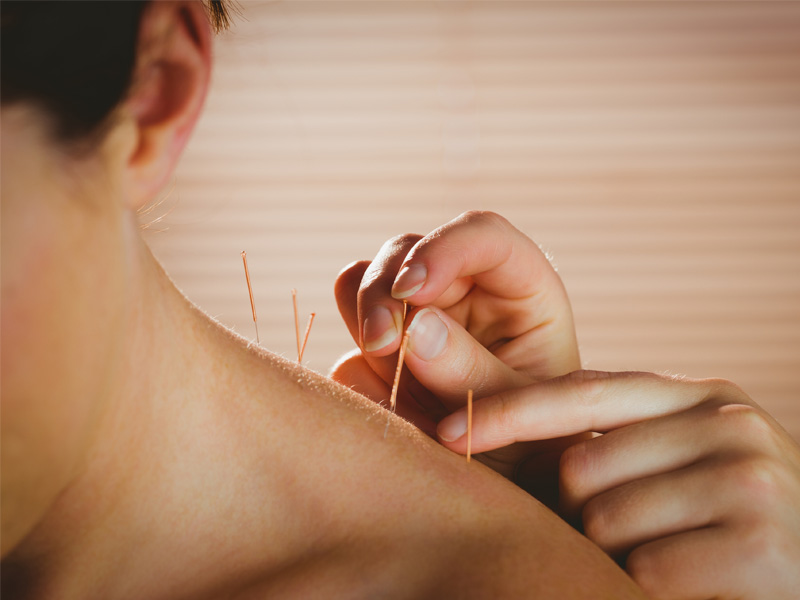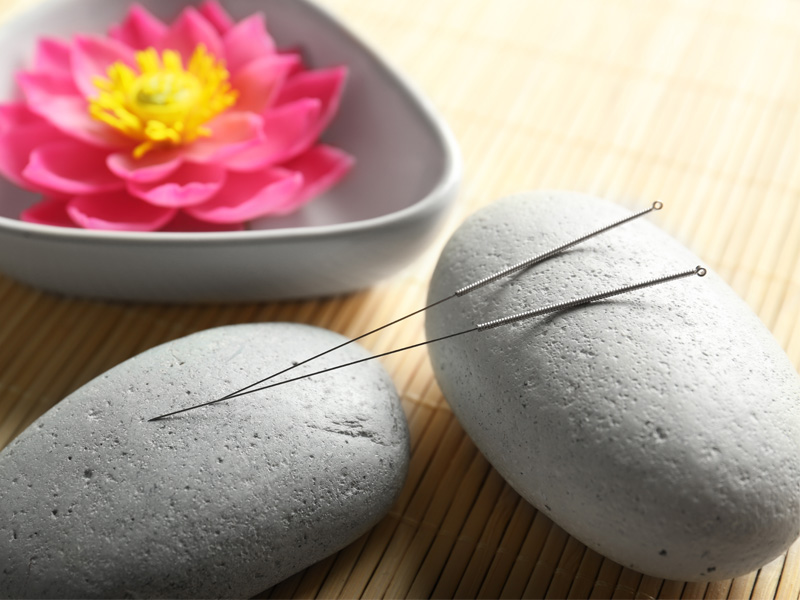Acupuncture
Energy Balance
Our bodies are constantly striving for balance or homeostasis. One of the best and most efficient ways to achieve this is through Acupuncture.
Acupuncture is a treatment based on Chinese medicine, a system of healing that dates back thousands of years. At the core of Chinese medicine is the notion that a type of life force, or energy, known as qi (pronounced "chee") flows through energy pathways (meridians) in the body.
Each meridian corresponds to one organ, or group of organs, that govern particular bodily functions. Achieving the proper flow of qi is thought to create health and wellness. Qi maintains the dynamic balance of yin and yang, which are complementary opposites. According to Chinese medicine, everything in nature has both yin and yang. An imbalance of qi (too much, too little, or blocked flow) causes disease. To restore balance to the qi, an acupuncturist inserts needles at points along the meridians. These acupuncture points are places where the energy pathway is close to the surface of the skin.
There are hundreds of clinical studies on the benefits of acupuncture. Acupuncture has been used successfully in the treatment of conditions ranging from musculoskeletal problems (back pain, neck pain, and others) to nausea, migraine headache, anxiety, and insomnia.
How Many Treatments Do I Need?
The number of acupuncture treatments you need depends on the complexity of your illness, whether it is a chronic or recent condition, and your general health. For example, you may need only one treatment for a recent wrist sprain, while a long-term illness may require treatments for several months to achieve good results.



